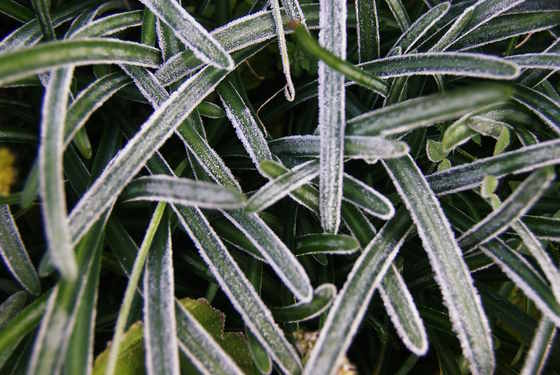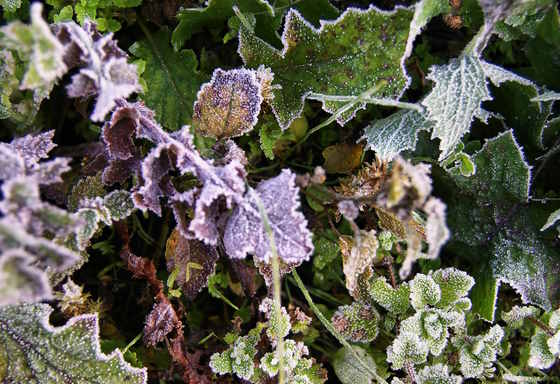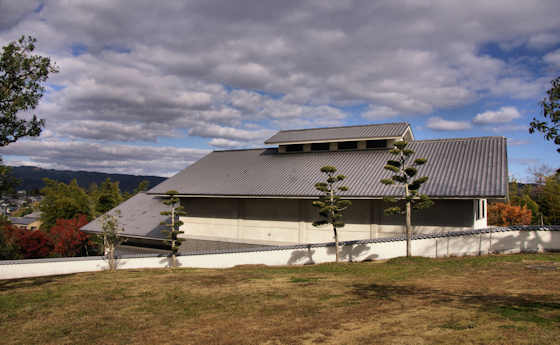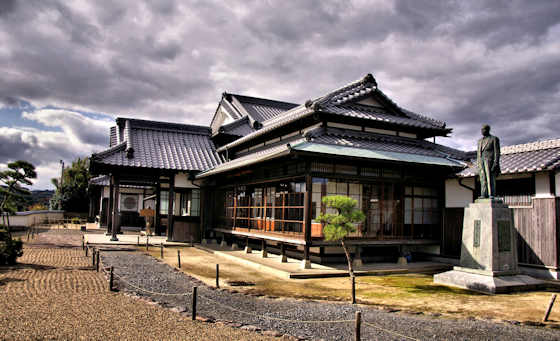Kitsuki
One of the new rules set up by the new Tokugawa Shogunate when they gained control of Japan following the Battle of Sekigahara in 1600 was that each of the daimyo, the great lords who controlled their own territory, would be limited to having just a single castle in their domain.
An associated edict was that all the samurai belonging to the lord must reside in said castle town. Both these laws were meant to make the daimyo less of a potential threat to the government and also resulted in the rapid growth of urban areas.
These castle towns generally followed similar layouts, with the highest ranking samurai living in the immediate vicinity of the castle, surrounded by lower-ranked samurai, and then the trades, merchants, and other commoners necessary to support these towns of samurai were usually grouped together in planned areas. sake brewers for instance tended to be built in the same area, and famously the sex industry was confined to specific locations.
To serve the needs of the growing urban population the towns would need many new temples and these would often be built right next to each other in an area named Teramachi, or "temple town". Many former castle towns will have a street now called teramachi.
Kitsuki, the small former castle town on the southern edge of the Kunisaki Peninsula in Oita, Kyushu, has a teramachi to the west of the main part of the town.
Some of the temples are quite large, and as is typical, a wide range of sects are found adjacent to each other. Teramachi tend not to have many famous temples, they are after all relatively modern and were primarily established to serve the funerary needs of the commoners. The daimyo would usually establish their own family temples and these would usually not be in the teramachi.
However, an exploration of teramachi will often result in finding interesting statuary, small gardens etc.
This final photo of a Fudo is not from the teramchi in Kitsuki, but another temple,
Komyoin, that I had visited on a previous trip to Kitsuki.
Ema Votive Plaques






























































